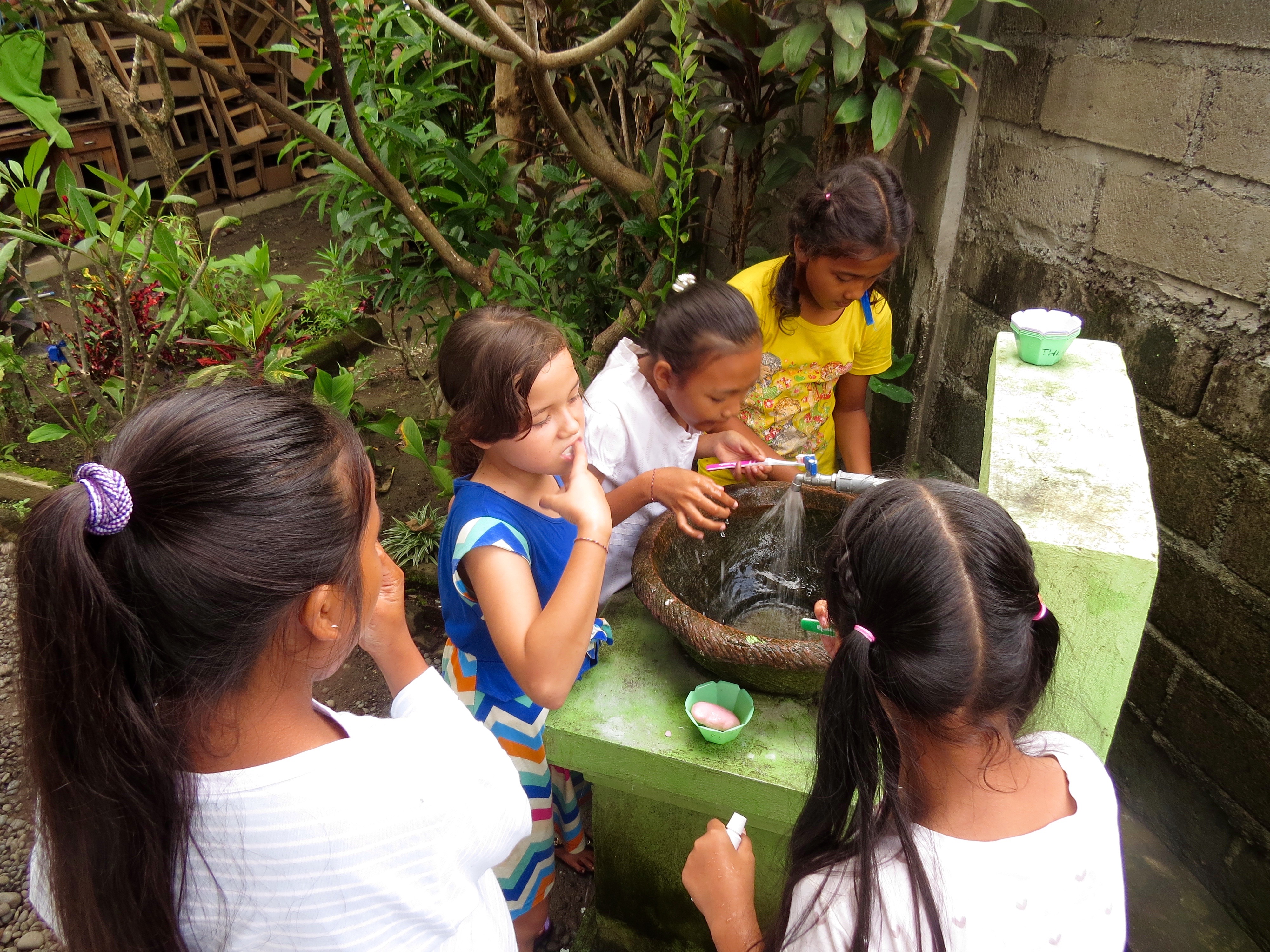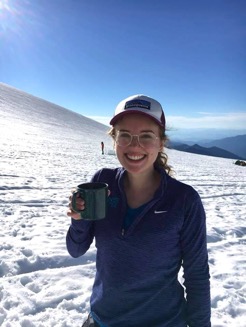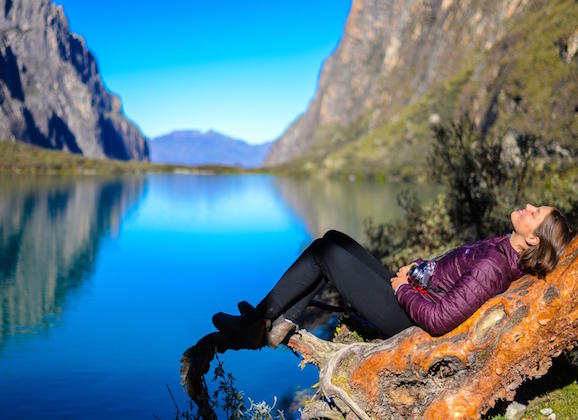How UVic Brought Me to Bali
You may have read a few of my previous posts on the “one million things to do when preparing for a co-op or semester abroad,” or “Indonesian Island time,” my first thoughts on life here in Bali. But you might be wondering why I’m spending this semester here in the middle of Indonesia, or better yet, how I am actually able to get credit for it.
The short answer is, I am volunteering as a fifth grade health teacher. In the fall, I applied to the “health education” program through International Volunteer Headquarters, an organization that offers affordable volunteer programs all over the world. I chose to apply to volunteer in Bali because it’s the only place that offers the health education program, and I am majoring in Recreation and Health.
As a co-op student, one of my main goals was to get as varied experience as possible throughout my four co-ops. I have worked as a cave guide, touring, rappelling, and crawling visitors through the Horne Lake caves. Last summer I worked as the Summer Adventures Programmer for James Bay Community Center, planning, organizing, and booking 9 weeks of summer camps for kids of varied socioeconomic backgrounds.
For my third co-op, I hoped to go abroad, volunteer, and use my skills to give back to a community, learn about a new culture, and grow as a person. The position in Bali was perfect. I was lucky to receive three scholarships from UVic that allowed me to afford my trip, and with that, my flights were booked, and I was on my way.
After a mild panic attack on the plane where I seriously questioned my sanity, I settled into life in Ubud quite quickly. We had a week of orientation where we got to sample many of the local cultural practices, including learning how to make the bamboo leaf offerings the locals place on their doorsteps twice a day, taking a Balinese cooking class, and visiting the Monkey Forest.
The week after, my friend Kay and I were told that we would have a class of 12 fifth graders to teach health to for the month. On Monday morning we met a local doctor at the teaching center, who told us about many of the local health concerns that were important to teach the kids about, such as: oral hygiene, prevention of mosquito-borne diseases, obesity, personal hygiene, nutrition, etc. After that, we were basically told: go! And the rest was up to us.
Most days we wake up at 8:00am to go to the canteen (like a school cafeteria) for breakfast, after which we walk to the Rice Field House (the teaching center) to prepare our lessons. The center is very basic, but it has plain paper, two computers, and one photocopy machine, and a few binders of old resources which we use to create the day’s plan. We spend a few hours planning in the morning, making worksheets, translating a lot of words into Bahasa Indonesian, making sticker charts, and creating visual experiments for the kids to better understand the concepts.
At 1:00, we meet again at the canteen after lunch to go off to the schools. We have our own taxi drivers (mine is named Yani and he loves Adele) who take us to the schools. We teach from 2:00-4:00, and arrive back home around 5:00. By far the biggest challenge about my job is the language barrier. The children speak almost no English, so I’ve taken to translating most of my lessons into Bahasa, creating a sort of “Bahasenglish,” medley where I throw in a Bahasa word every now and then to get them on the right track. I draw a lot of terrible pictures and make a lot of weird gestures, but I think the key is trying. I try to show and explain concepts as visually as possible. With this tactic, one of the favorite lessons that I’ve done was about helmet safety.

In Bali, many of the older adults have teeth that are completely black with cavities or have no teeth at all, due to a lack of dental hygiene. To combat this, we bought our kids toothbrushes and toothpaste, and would take them out to brush their teeth at the sink every day. Strangely, this seemed to be their favorite part of class. They would yell “sikat gigi!!! Sikat gigi” (toothbrush in Bahasa), begging us to let them out to go brush their teeth.
Since many of my 10 year old fifth graders already drive motorcycles (with no helmet!!!), I wanted to scare them into the importance of protecting your brain. That day I brought a watermelon to school. First, I strapped it up in a helmet, explaining that it was Wirama’s (a motorcycling 10 year old from my class’s) head.
I said that today he was being smart and wearing a helmet. Then I feigned that he had gotten into an accident, and threw the head and helmet combo onto the concrete. Together, we inspected that the watermelon, announcing that it was still intact. Next, I took the watermelon out of its safety shell. “Today, Wirama is not so smart. He wore no helmet.” Dramatically, I threw the watermelon onto the ground, where it exploded and shattered gloriously across the schoolyard. The children screamed with glee, running around picking up ripe pieces of “Wirama’s head.” Okay, so maybe this is a bit graphic, but maybe they will wear a helmet now?
The most frustrating part about my job is teaching your children to care about what you’re teaching them. I spend all day teaching them about the horrible impact of smoking on their bodies, but some of my ten year olds(?!?) are still choosing to smoke. There’s a big gap between education and motivation to change, I’m realizing, which is perhaps the core challenge in health promotion. But at least if the children are educated, they can make the choice for themselves. I have one month left here on my project in Bali, and in my three months here, I hope that if I can help prevent one kid from losing all his teeth, becoming obese, or getting hurt in a motorcycle accident, then it all will have been worth it.
Until next time, hello from the other side of the world!






